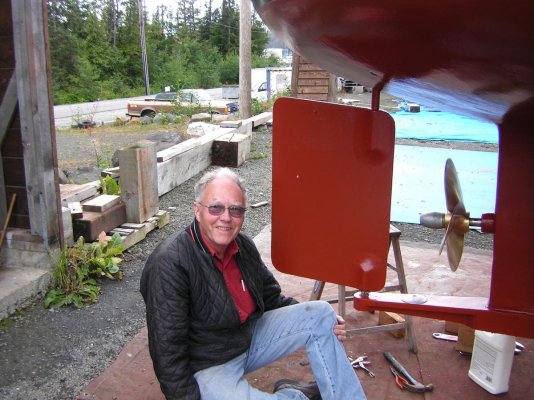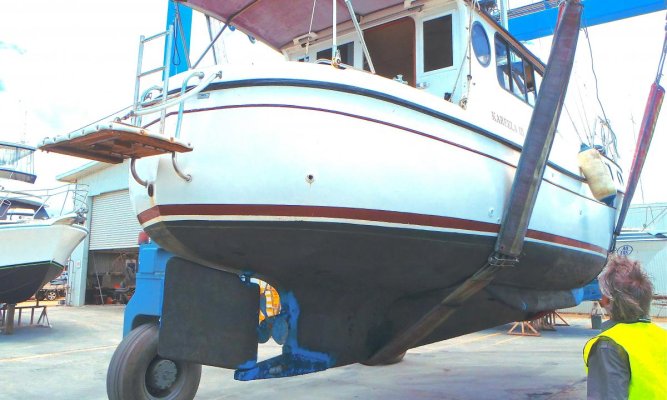Donsan
Guru
- Joined
- Jul 6, 2014
- Messages
- 2,300
- Location
- United States
- Vessel Name
- No Mo Trawla
- Vessel Make
- Hurricane SS188
Several TF posters from time to time have complained that their rudders are too small and too non responsive. Some have increased the size of the rudder but it sounds like a trial and error process or maybe just personal preference.
I have found our rudder is not as responsive as I would like it to be. I assume it is due to the rudder being too small.
How is optimal rudder size determined? Why do manufacturers install undersize rudders if this condition does in fact exist?
Standard disclaimer - there is no intent to turn this into a "Your rudder is too small, it is too unresponsive and it leaks" discussion.
I have found our rudder is not as responsive as I would like it to be. I assume it is due to the rudder being too small.
How is optimal rudder size determined? Why do manufacturers install undersize rudders if this condition does in fact exist?
Standard disclaimer - there is no intent to turn this into a "Your rudder is too small, it is too unresponsive and it leaks" discussion.






